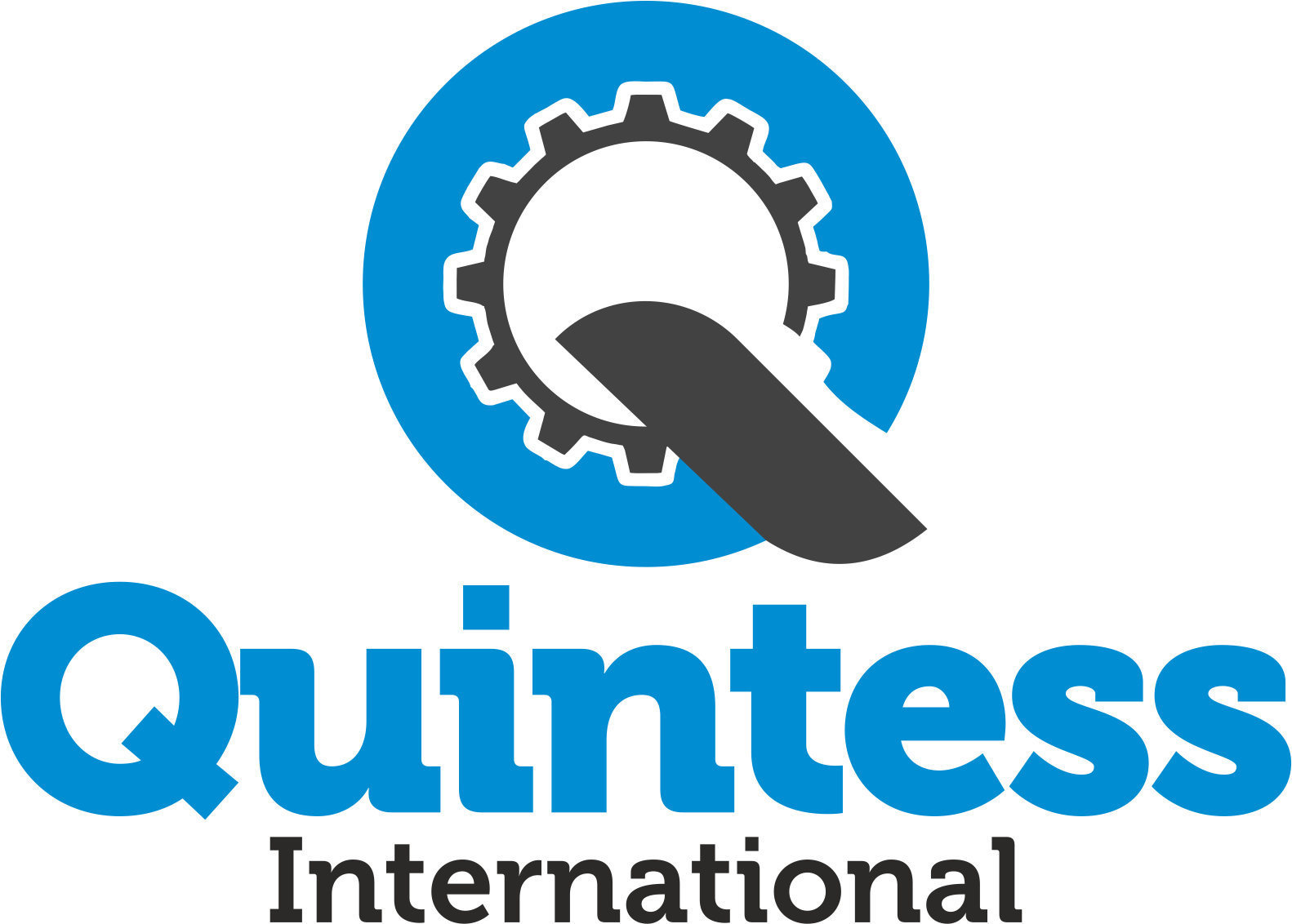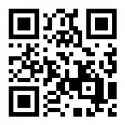When it comes to maintaining your two-wheeler, using genuine spare parts is crucial for performance, safety, and longevity. This is because authentic parts are specifically designed to meet the exact specifications of your vehicle, ensuring optimal functionality. However, the market is flooded with local or counterfeit spare parts that can be difficult to distinguish from authentic ones.
These imitation parts often mimic the appearance of genuine components but can lack the quality and durability required for safe operation. Installing a fake or low-quality part can lead to frequent breakdowns, reduced fuel efficiency, and even accidents. Such risks not only compromise your two-wheeler’s performance but can also pose a significant danger to your safety on the road.
✅ 1. Designs and Colours Are Different from Genuine Two Wheeler Spare Part
One of the easiest ways to spot a local or fake spare part is by looking at the design and color quality:
-
Genuine parts have consistent finishing, smooth edges, and precise design because they are manufactured using high-grade materials and proper quality checks.
-
Counterfeit parts often have noticeable differences in color—they may appear dull, too shiny, or painted differently.
-
Local spare parts may have irregular shapes, rough edges, and poor craftsmanship.
-
For example, a genuine side mirror will match your vehicle’s original style and finish, while a fake one might have an awkward fit or mismatched plastic.
📌 Pro Tip: Always compare the suspected part side-by-side with the original one from your vehicle or official product images from the manufacturer.
✅ 2. Check the Packaging and Labeling
Original two-wheeler parts are always packed with care. Look for these signs:
-
Tamper-proof packaging with the manufacturer’s logo.
-
Barcode or QR code that links to the product verification page.
-
Genuine packaging often includes holograms, serial numbers, and part numbers clearly printed.
-
Fake parts may come in plain boxes or bags with misspelled brand names or faded prints.
🛑 Warning: If the box looks tampered with or lacks official labeling, it’s likely a duplicate.
✅ 3. Look for Branding and Markings on the Spare Part Itself
Most original spare parts will have:
-
The OEM brand logo (e.g., Hero, Honda, TVS, Yamaha) engraved or embossed.
-
A part number and batch number.
-
Sometimes, the country of origin is also mentioned (e.g., Made in India, Japan).
Fake or local parts usually skip these details or mimic them poorly.
✅ 4. Ask for a Bill and Warranty
Always purchase from authorized service centers or trusted auto spare parts dealers. Here’s what to do:
-
Ask for a printed invoice or bill with GST.
-
Ensure the part includes a warranty card or service guarantee.
-
Avoid buying from unregistered mechanics or open market vendors offering “cheap deals.”
Remember: Cheap is often expensive in the long run.
✅ 5. Compare Prices: If It’s Too Cheap, It’s Probably Fake
Another red flag is a suspiciously low price. Genuine parts are priced according to the manufacturer’s set MRP. If someone offers you the same part at half the price, chances are:
-
It’s a locally made spare part.
-
It’s a refurbished part passed off as new.
-
Or worse, it’s a counterfeit with no performance reliability.
✅ 6. Check Online Using OEM Verification Tools
Many two-wheeler brands now offer digital tools to verify spare parts:
-
Use the QR code scanner on the packaging.
-
Enter the serial number on the official website.
-
Some OEMs even have apps to check if the part is genuine.
🛠️ Example: Honda offers a “Genuine Parts” app to verify authenticity.
✅ 7. Know the Risk of Using Local Spare Parts
Using fake or local parts can lead to:
-
Frequent breakdowns.
-
Reduced engine efficiency.
-
Brake failure or electrical issues.
-
Loss of manufacturer warranty.
-
Higher maintenance and fuel costs.
Final Words
Distinguishing a genuine two-wheeler spare part from a local or counterfeit one requires a keen eye, a bit of research, and trusted purchasing sources. Always prioritize safety, performance, and quality over price. Stick to OEM parts, buy from authorized dealers, and check for proper packaging and markings.


